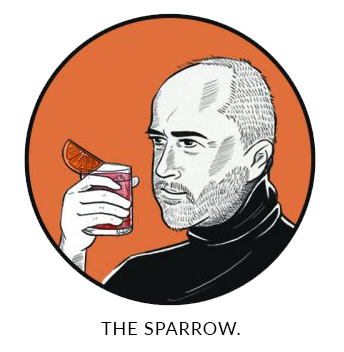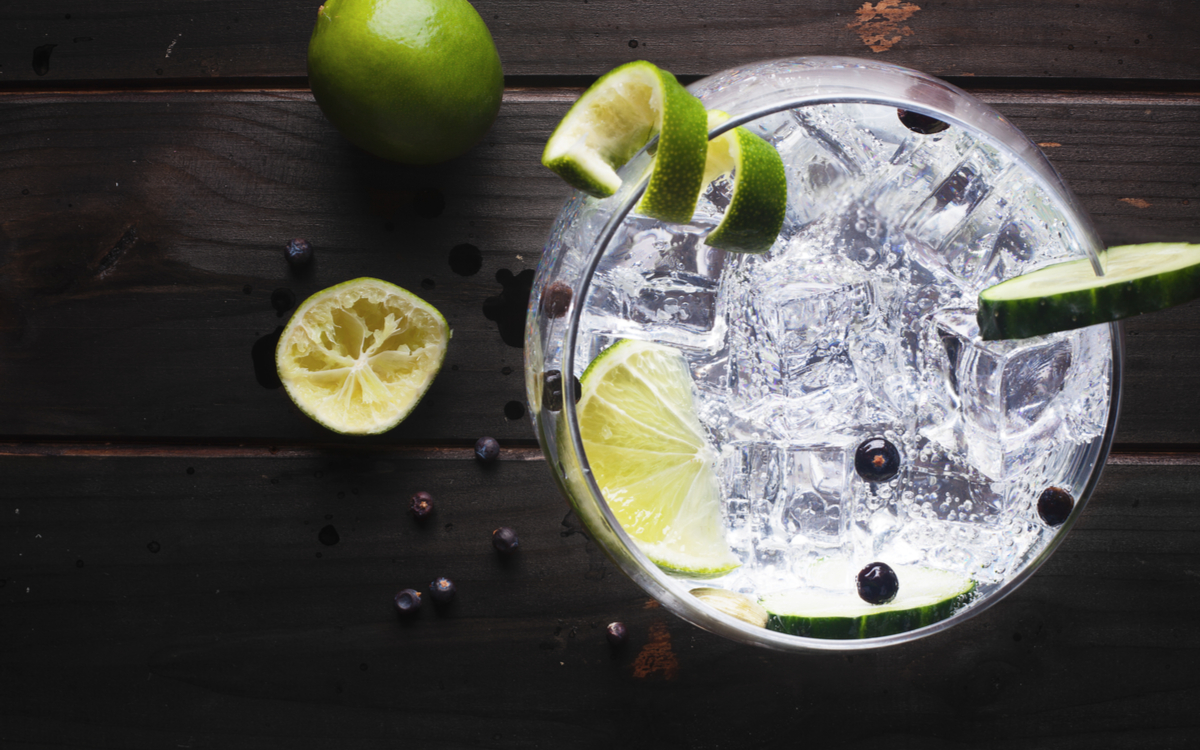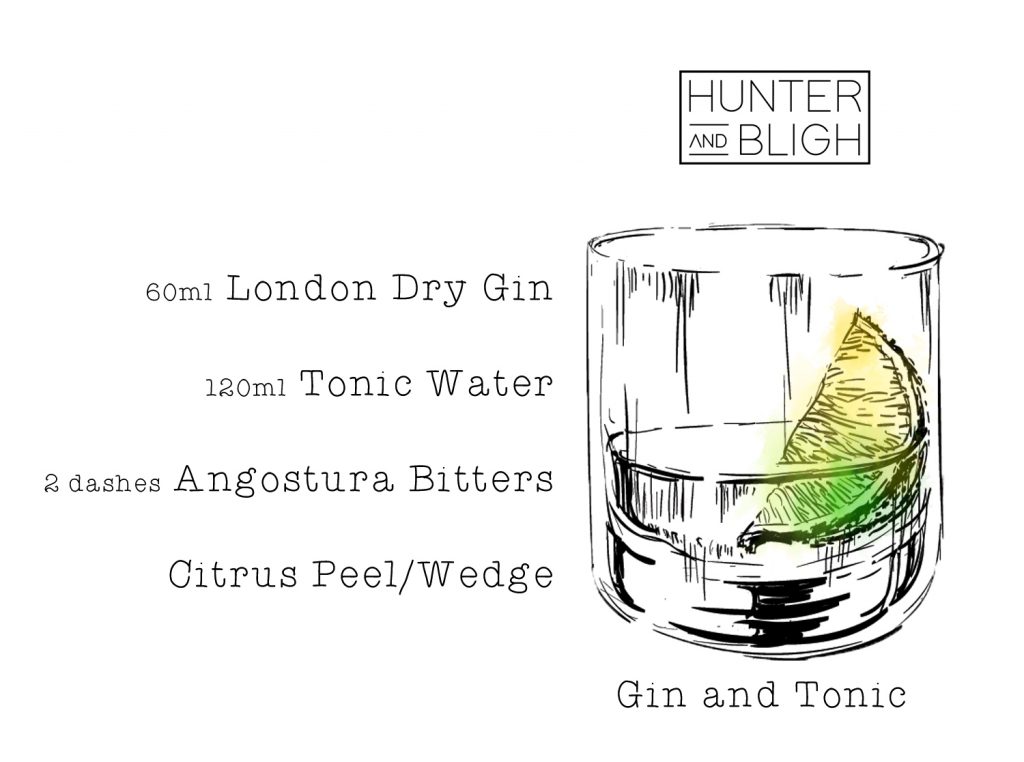Let’s start with a little history…
Gin is an evolution of the Dutch drink genever or jenever which was made from juniper berries (jeneverbes in Dutch). Now mostly known as Holland Gin or Dutch Gin, the Dutch were already taxing it by the early 1600s. It is possible it became known by English soldiers during their support of the Dutch in fighting the Spanish as far back as 1585. It is somewhere between here and the Anglo-Dutch wars of the late 17th century that we get the term “Dutch courage” where soldiers would drink jenever before battle.
By the 18th century gin had become the most popular alcoholic drink in England as high taxes were imposed on imported spirits and the government allowed unlicensed gin production.
The bark of the chinchona tree from the South American Andes had been used as a cure for malaria since the early 17th century but it took until the early 19th century before the active component, quinine, was extracted and sold. By 1825 the British military in India disguised the bitter taste by mixing it with gin, with lime, water and sugar thus creating the forefather of the gin and tonic.
By the late 19th century carbonated water was seen as having health properties (see Cuba Libre) and this contributed to the development of carbonated tonic water. The first commercially available tonic water was in 1858. Schweppes released their Indian Tonic Water in 1871 and the rest is history.
Recipe
60ml London dry gin
120ml (approx.) tonic water
2 dashes of Angostura bitters
Citrus peel or wedge to garnish
Pour all ingredients into a tall glass filled with ice. Add a citrus peel* as garnish.
*the kind of peel may depend on the botanicals in the gin as some, such as Four Pillars, are particularly suited to orange rather than lemon or lime.
Hemingway
This recipe as it appears in Islands in the Stream includes a couple of dashes of Angostura bitters which may be a bit unusual to most G & T drinkers. It makes it a little like a Collins version of Pink Gin.
Our Islands in the Stream hero Thomas Hudson is in Mr. Bobby’s bar with “gin and tonic water with a piece of lime peel in the glass and a few drops of Angostura in the drink.”
Mr. Bobby doesn’t like tonic water, “I opened a bottle by mistake and it tasted like quinine.”
Hudson replies, “it tastes good to me. I like the quinine taste with the lime peel. I think it sort of opens up the pores of the stomach or something. I get more of a kick out of it than any other gin drink. It makes me feel good.”
I must confess to not having bitters in my gin and tonic before reading Islands in the Stream but from now on I am having this version more often than not. We have been going through a gin revolution in recent years and I had pretty much given up on a G & T through sheer over consumption. However, the addition of the bitters may have just saved me.




